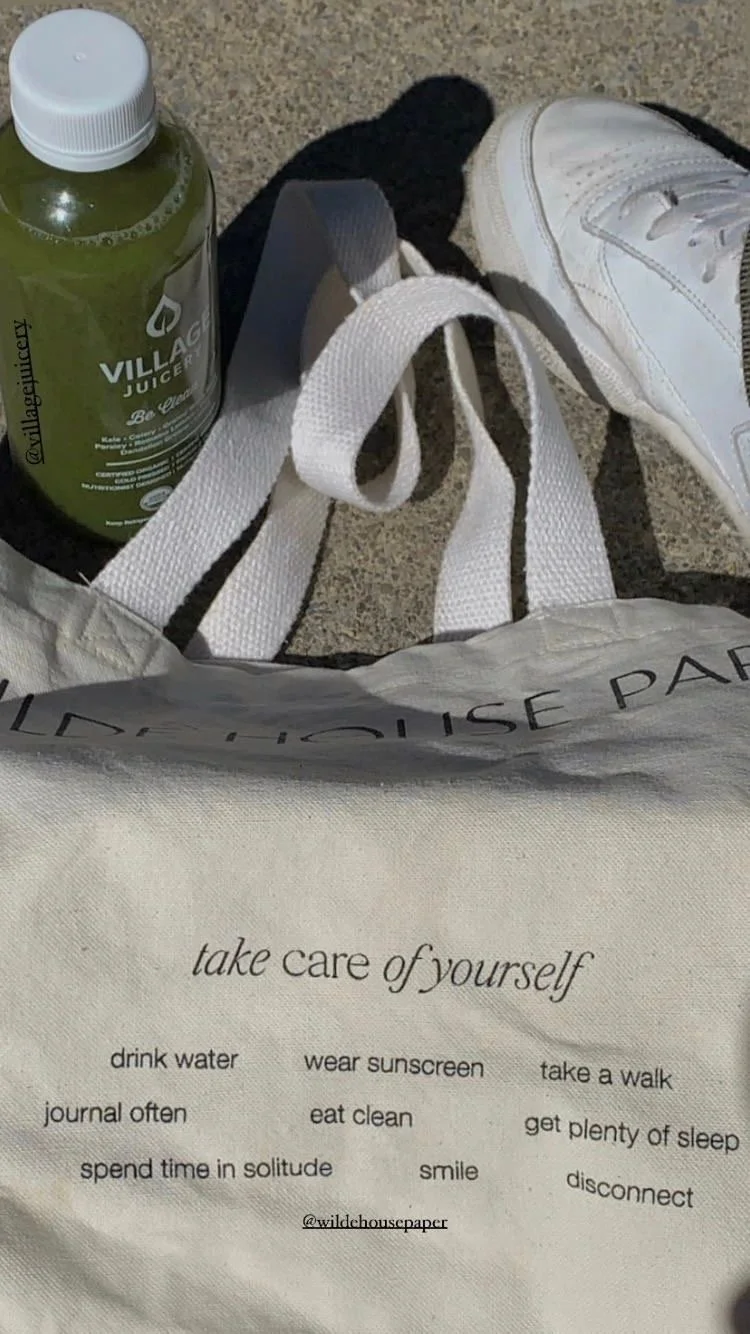The article is developed in partnership with BetterHelp.
Holistic healing has become a bit of a buzzword in recent years. From TikTok influencers to popular lifestyle magazines, it seems like everyone has an opinion about holistic healing. But what is it exactly?
Holistic healing is an approach that aims to alleviate symptoms while addressing the root causes of illness. It is a transformative approach that considers all aspects of the individual relative to the mind, body, and spirit. By acknowledging the whole person, this method focuses on promoting balance and well-being in all aspects of life.
In this article, we’re taking a closer look at what holistic healing is, its components, various types, and some insight into how to incorporate holistic healing into your life.
No. 1
Holistic Healing – A Definition
People often use the term holistic healing interchangeably with other terms, like “alternative healing” or “integrative wellness.” While there are some definite crossovers, holistic healing is a unique approach. Holistic healing is a broad term that covers various practices aimed at treating the individual as a whole.
Unlike conventional medicine, which often focuses on symptom management, holistic healing looks at the entire picture of a person’s health. It’s predicated on the belief that each aspect of a person’s life affects their overall health and well-being. As a result, holistic healing approaches health and wellness by considering the mind, body, and spirit’s interconnectedness.
No. 2
Mind
The mind encompasses thoughts, emotions, and stress levels and their toll on physical health. In the realm of holistic health, practitioners believe that your mind must be healthy for you to be healthy as a whole. As a result, holistic healing includes practices that foster emotional stability, mental clarity, and stress reduction.
One such practice is holistic therapy, which utilizes techniques like meditation, counseling, and biofeedback to enhance mental well-being. (For more information on holistic therapy, check out this resource from BetterHelp). Ultimately, holistic practices that focus on the mind aim to improve cognitive function, emotional balance, and psychological resilience based on the belief that a healthy mind is crucial for a healthy body.
No. 3
Body
The body encompasses everything related to physical health. So, in a holistic healing context, body practices focus on nurturing the body through natural and non-invasive methods. It emphasizes the importance of exercise, diet, and detoxification in maintaining physical health.
Practices like yoga, acupuncture, massage therapy, and nutrition therapy are common holistic healing techniques aimed at optimizing physical health. Sometimes, the body aspect of holistic healing also aims to prevent disease and treat physical conditions by stimulating the body’s innate healing capabilities.
No. 4
Spirit
Spiritual well-being is another cornerstone of holistic healing. This dimension explores the deep connections between an individual’s spirit and their overall health. It involves practices that enhance spiritual awareness and connections, like meditation, prayer, and energy healing.
By fostering a sense of purpose, peace, and connection, holistic healing aims to support the spiritual journey of individuals, contributing to their overall well-being.
No. 5
Types of Holistic Healing
Holistic healing covers a wide range of practices, each addressing different aspects of health and well-being. Some of the common types include:
Alternative medicine – Includes a variety of medical practices that are not a part of conventional medicine, such as herbal medicine, homeopathy, and naturopathy.
Mind-body interventions – Focuses on the connection between the mind and body, using techniques like meditation, yoga, and Tai Chi to enhance mental and physical health.
Energy therapies – Based on the belief that bodies contain energy fields that can be manipulated to improve health. Examples include Reiki, qigong, and acupuncture.
Biologically based practices – Utilizes natural substances, like herbs, foods, and vitamins, to treat and prevent illness.
Manipulative and body-based practices – Involves the manipulation of movement of one or more parts of the body. Common examples include chiropractic, osteopathic manipulation, and massage therapy.
Takeaways
Holistic healing offers a profound and encompassing approach to health and wellness and emphasizes the connection between mind, body, and spirit. By addressing all aspects of an individual’s life and employing a variety of healing practices, holistic healing aims to restore balance, enhance well-being, and prevent illness.









